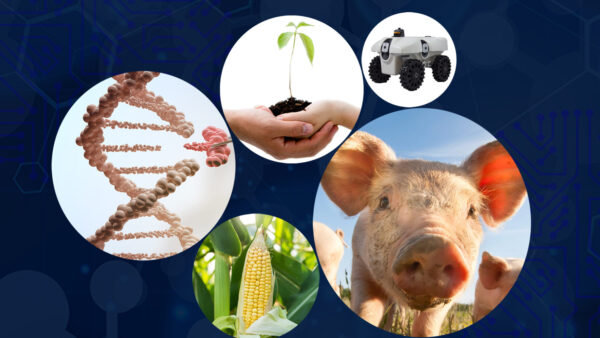This year, many parts of our lives halted. International borders were closed. Stay-at-home orders were issued. The size of gatherings was limited to a handful of people. Yet, while everything stopped moving, agriculture was expected to keep operating. As an essential sector, agriculture was expected to keep producing, processing, transporting, preparing, and delivering food to over seven billion people around the world.
The seed industry has a critical role in the agricultural supply chain and it has not stopped because of the pandemic. Summer field days and trials are still happening around the world. Some have moved online, others have been adapted to respect social distancing requirements. The seed industry is adjusting, and Kynetec, a global leader in agriculture and animal health market insight, compiled this report on how farmers are adjusting. This information provides insights into how downstream markets are changing, which will not only impact this year, but next year as well.
Kynetec conducted online farmer panels in the United States, Canada, the United Kingdom, France, German, and the Czech Republic. The panels ran from the end of May until mind-June. There are three highlights that will have the biggest impact on the seed industry.
- Farmers across the regions reported that they were adapting to new conditions. To address shortages of farm inputs, farmers were planning further in advanced, ordering earlier and finding alternative products.
- Farmers are not optimistic about the post lockdown recovery, which could reduce farmgate prices, delay planned investments, and hurt overall profitability.
- There is a perceived lack of access to services and consultants throughout the industry.
The lockdowns in the regions surveyed went into effect when farmers were gearing up for planting season. In some cases, borders and businesses were closed until essential status was worked out. This is an important time of year for seed movement in the Northern Hemisphere. Yet, over 70% of panelists reported a positive experience getting farm inputs like seed and chemicals.
More specifically, the panelists were asked about expected seed shortages and actual shortages. In most countries actual shortages were two to three times the expected shortages. Farmers also experience crop protection shortages ranged from in line with expectations to double the expected shortage.
Without having a clear picture of what next winter will bring, seed companies need to start thinking about how they are going to adjust their complicated supply chains to address additional disruptions. These data show that farmers have adopted different methods for dealing with shortages. These include ordering earlier, looking for alternatives, buying online, stocking up, and purchasing less. By understanding how farmers are thinking, seed companies can better plan their sales and marketing schedule next year.
This report, like most data surrounding the pandemic, highlights many of the challenges agriculture is facing. Most farmers around the world are prouder than ever to be farmers and contribute to feeding and clothing the world.













